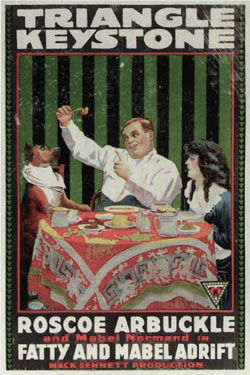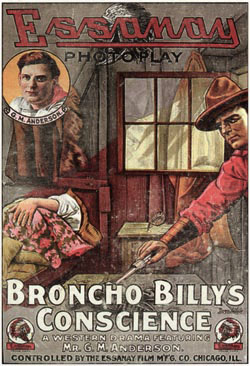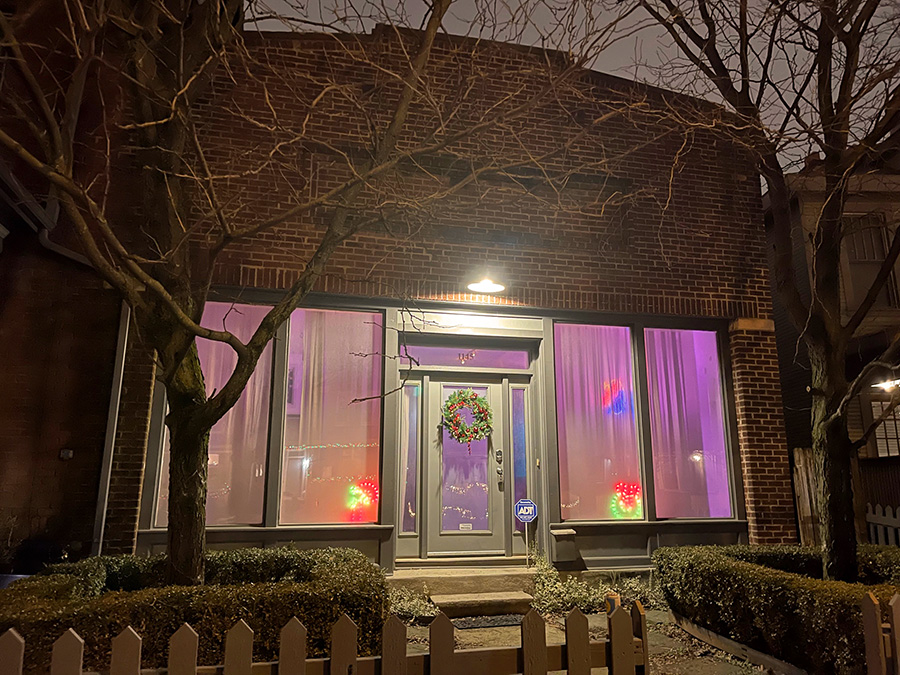
THE IDEAL THEATER (1914-1917) A storefront theater from the dawn of motion pictures |
||
|
||
|
While not technically in the University District--it's a few hundred feet south of E. Fifth Ave.--the short-lived Ideal Theater at 1145 Summit St. was close enough to be attended by University District patrons and is one of the few structures housing a early theater to have survived to the present. At one point in the mid 1910s, six of these small, storefront theaters operated in the University District: The Crystal Theater at 2573 N. High, just north of Hudson; The Highland at the corner of W. 5th and Highland; The Bide-a-Wee at 1575 N. High between 10th and 11th; The Photoplay just up the street at 1597 N. High, The Summit at 2188 Summit St. near Alden; and The Ideal. Such theaters proliferated madly in the 1908-1915 period as small businessmen sought riches in a wide-open new industry. In 1910, Columbus had just 8 motion picture theaters. Three years later, there were 53. By mid decade, the number had soared to 67. Low start-up costs ($13,000 in current dollars to fully equip a basic theater) and the promise of easy money were a powerful draw for small operators. In 1914, the building probably looked much as it does today except that the front facade would have been covered with a riot of brightly colored posters and banners advertising the features playing within. Inside, the lay-out would have been simple: an 8' x 12' piece of cloth for a screen on the back wall, a piano beside it, a dozen or so rows of benches or chairs, a hand-cranked projector, some sort of ticket booth, and perhaps a table selling concessions. The theater's neighbors might have regarded it with mixed emotions. Movies were popular but disreputable. Clerics, moralists, and do-gooders inveighed against them. Newspapers did not run movie advertising. The snobs of "polite society" scorned movies as the idiotic entertainment of children, immigrants, and manual laborers. At best, movie theaters were regarded as common and in poor taste. At worst, theaters were suspected of being haunts for idle youth and potential vice dens. The Ideal occupied retail space repurposed for showing films. It was not a satisfactory adaptation. The Ideal was small. It measured 23' by 63', with just 1,449 square feet of space. Assuming a very tight 6 square feet per person and deducting space for a narrow aisle, concessions, ticketing, projector, piano, and screen, the theater could have seated no more than 150 people. Also, the space was designed for retail so the floor was flat not sloping. Patrons in the rear seats/rows would have been at the mercy of those further up. Lack of ventilation meant the theater was hot and stuffy. Odors of food, cigarettes, and people would have hung in the air. The era of the storefront theater was destined to be brief. Between 1914 and 1918, the motion picture theater business changed quickly. Film entered the mainstream of American entertainment. One-reelers gave way to feature length films. Theaters designed especially for showing films were built, offering amenities storefront theaters could not. Audience expectations for the theater experience became more demanding. A hard bench in a stuffy, crowded room with a noisy, flickering projector, and a sheet of muslin for a screen would no longer do. Audiences fled the improvised storefront theaters for real motion picture theaters. They weren't the only ones. Film producers and distributors no found it profitable to serve the tiny mom-and-pop operations. For their part, storefront theaters--built around continuous showing of one-reelers--couldn't find a way to make money in the new era of feature films. Columbus had 67 motion picture exhibitors in 1915. The University District had seven of these. By 1923, there were just 40 citywide and only three in the University District. No storefront theater in the University District lasted past 1922. This as movie attendance more than doubled. The storefront theaters were being pushed out as the real movie theaters took over. The Ideal seems to have shut down some time in 1917. After the theater closed, the building became a Burkhart’s grocery store (1920s) and later (1930s and 40s) the offices/workshop/storeroom for an awning company. Today, the building is a home. |
|
 |
||



